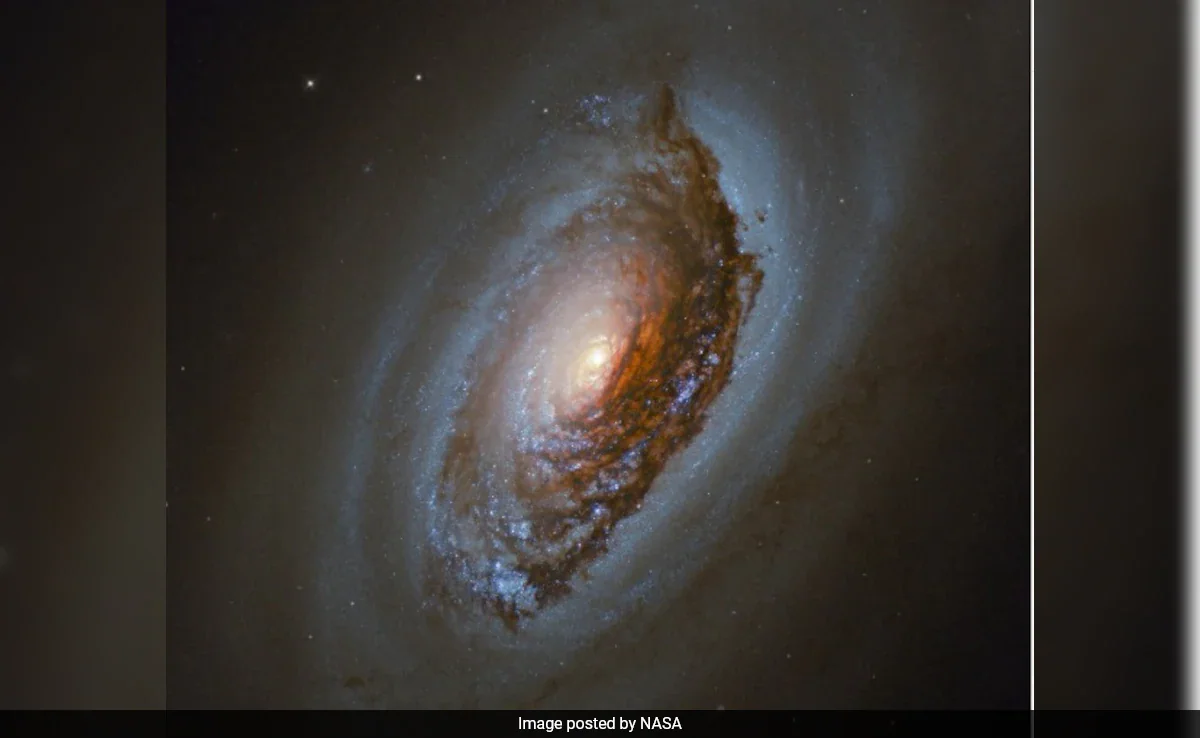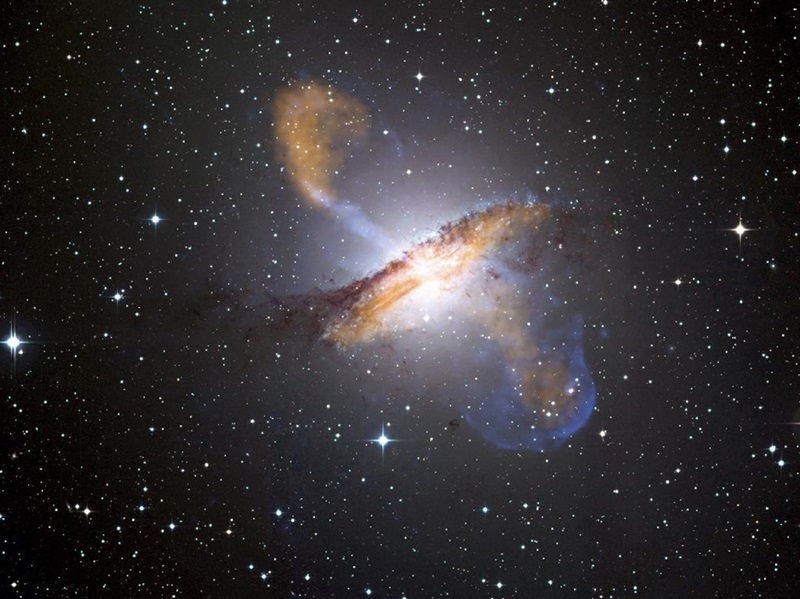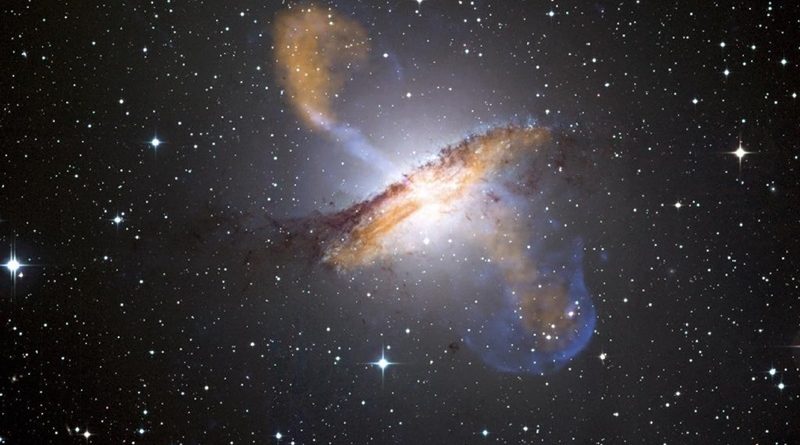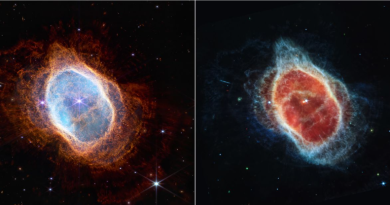Why does Nasa call this galaxy ‘Evil Eye’?
In the vast expanse of the cosmos, NASA has bestowed upon us a mesmerizing glimpse of a celestial wonder, the galaxy known as Messier 64 (M64) or NGC 4826. Situated a staggering 17 million light-years away in the constellation Coma Berenices, this galaxy has earned the monikers “Black Eye” or “Evil Eye” due to a mysterious dark band of cosmic dust encircling one side of its nucleus. In this exploration, we delve into the intricacies of M64, uncovering the cosmic ballet within and the captivating details that have made it a subject of fascination for astronomers and stargazers alike.

The Marvels of M64: A Galactic Revelation:
Captured by the Hubble Space Telescope on February 22, 2021, the ethereal beauty of M64 is more than a mere spectacle; it is a celestial tapestry woven with celestial secrets. While officially designated Messier 64, its popular monikers derive from the enigmatic dark band that evokes images of an eye, prompting references to both a “Black Eye” and an “Evil Eye.” The nucleus of M64, the radiant center of the galaxy, glows intensely, emanating brilliance from the concentration of stars within.
Astronomical Oddity: Opposing Galactic Gyrations:
What sets M64 apart from its cosmic counterparts is the intricate dance of gases within its cosmic confines. In most galaxies, gases move in a unified direction, harmonizing their celestial choreography. However, within M64, a captivating discord unfolds as gases in the outer and inner regions rotate in opposing directions. This unusual internal motion adds a layer of complexity, creating a celestial ballet where new stars are born in the collision zones where these opposing gases interact.
Historical Reverie: From Edward Pigott to Hubble’s Gaze:
The rich history of M64’s observation traces back to 1779 when the English astronomer Edward Pigott first discovered this cosmic marvel. Over the centuries, M64 has become a prominent fixture in the night sky, captivating the attention of amateur astronomers who admire its appearance even through small telescopes. NASA’s Hubble Space Telescope, on its unending quest to unravel the mysteries of the cosmos, immortalized M64 in a photograph that not only captures its visual splendor but also serves as a portal into its cosmic narrative.
NASA’s Lord of the Rings Reference: The Beacons Are Lit:
In a playful nod to popular culture, NASA injected a touch of fantasy into its unveiling of M64 by making a Lord of the Rings reference: “The beacons are lit.” This creative flourish resonated with fans, adding a whimsical dimension to the cosmic discourse. The intersection of science and pop culture invites a broader audience to engage with the wonders of the universe, fostering a sense of awe and curiosity.
Stargazers’ Awe: Beyond Science, a Spiritual Experience:
The unveiling of M64 elicited a profound response from observers, as expressed by an Instagram user who noted, “Nothing to say, the beauty of the universe is not quantifiable.” The emotional resonance of celestial observations transcends scientific inquiry, providing individuals with a spiritual connection to the cosmos. M64, with its enigmatic allure, serves as a reminder of the boundless beauty that exists beyond our earthly confines.
NASA’s Ongoing Celestial Show: Airglow and Earth’s Radiant Aura:
In NASA’s relentless pursuit of unraveling the cosmic mysteries, the agency recently shared a captivating image of Earth’s luminous phenomenon—airglow. Taken from the International Space Station on November 14, this photograph showcases the faint glow of light in Earth’s upper atmosphere. Airglow, caused by the excitement of atoms and molecules in the upper atmosphere due to sunlight, adds another layer to our understanding of Earth’s radiant aura as seen from the cosmos.

Conclusion:
The unveiling of Messier 64, the “Evil Eye” galaxy, invites us to embark on a journey of cosmic exploration. Beyond its stunning visual spectacle, M64 serves as a canvas upon which the complex interplay of gases and the enigmatic dance of celestial bodies unfold. As NASA continues to capture and share the wonders of the universe, these revelations inspire a sense of wonder, sparking both scientific inquiry and spiritual connection. M64, with its dark cosmic eye, beckons us to gaze into the mysteries of the cosmos and ponder the infinite possibilities that lie beyond the boundaries of our celestial home.



